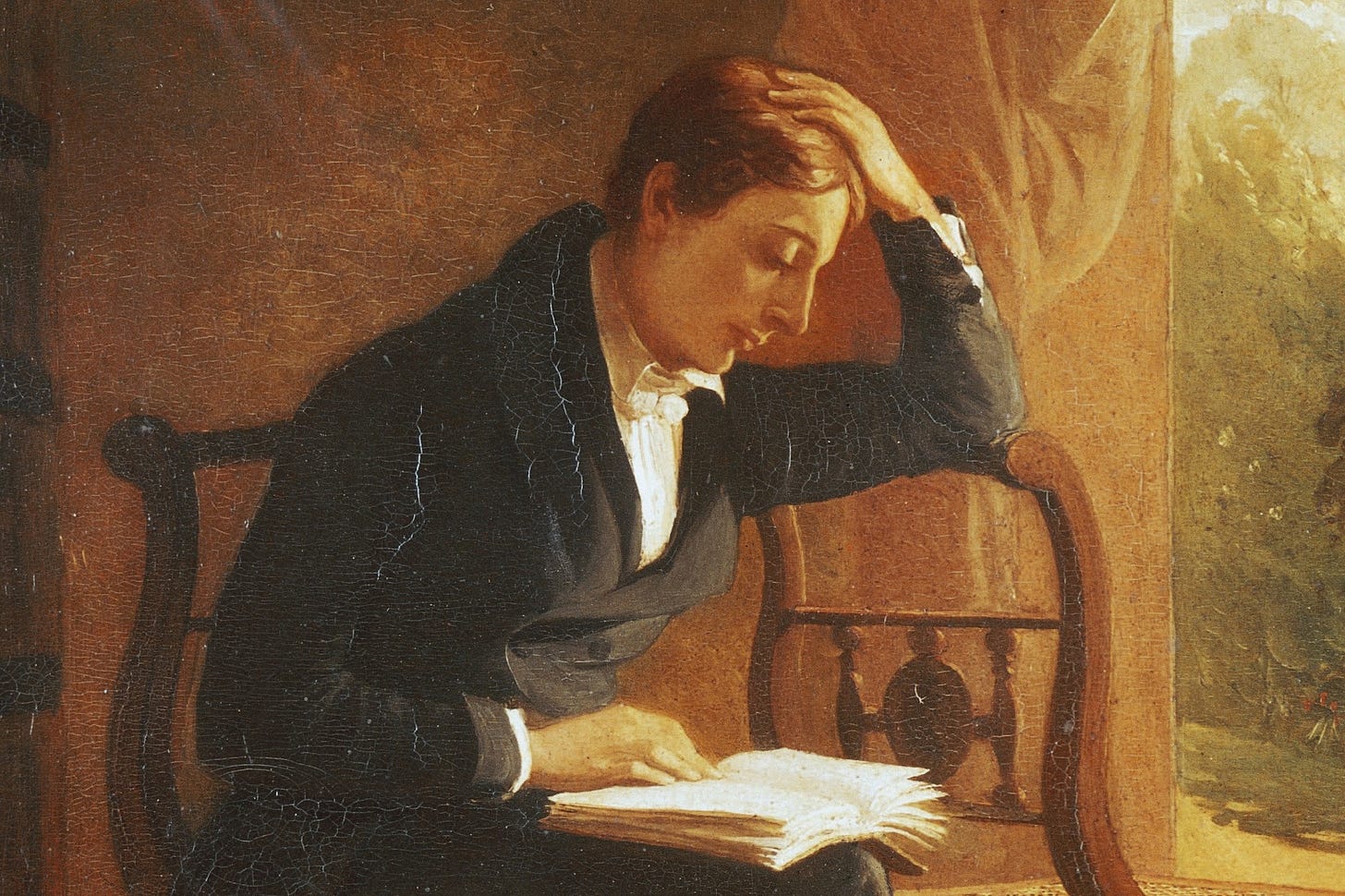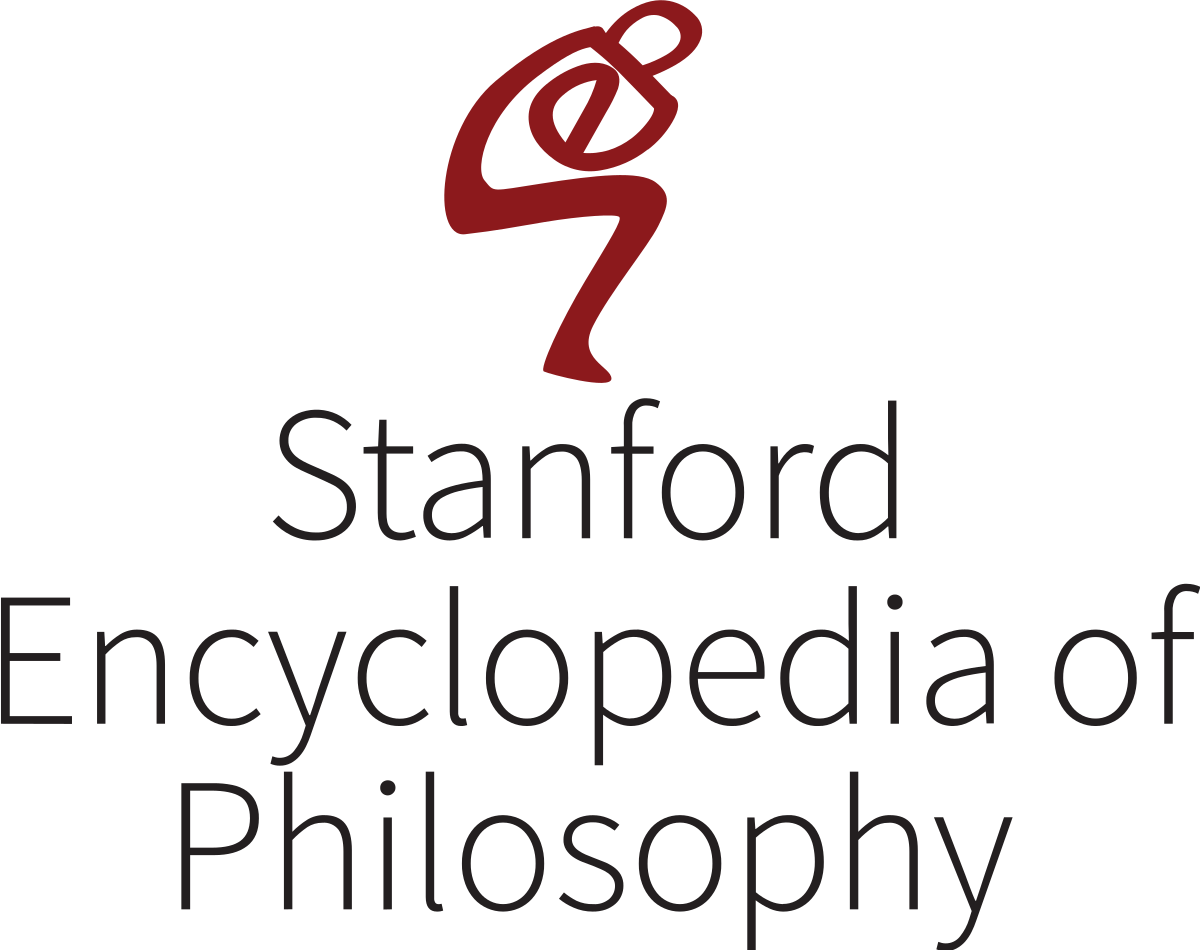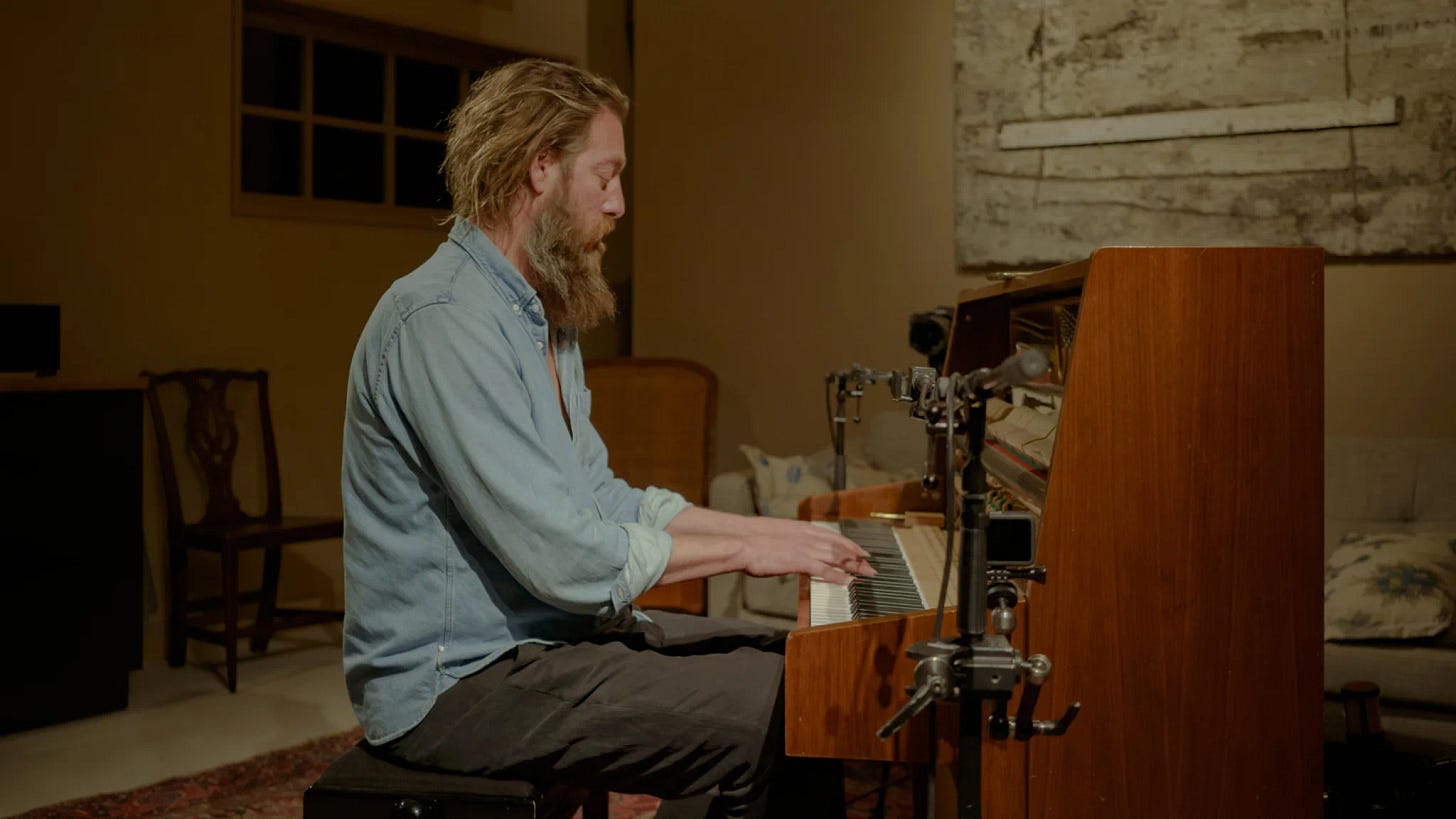What is Beauty?
For most of my life, I assumed I knew what the word beauty meant. Something was beautiful if it was visually pleasing. When I became an artist I realized that it wasn’t that simple and that my earlier thinking was vague at best.
Different cultures have different ideas of what is beautiful. They have different definitions of what Beauty means. Add to that the fact that philosophers have argued for centuries over the definition. Plato said Beauty wasn’t found in art or in the natural world. Centuries later Iris Murdoch said it was. Decades after Murdoch, Arthur Danto reminded us that Beauty and Art are not necessarily connected.
The more I learned about how others define Beauty the more the questions challenge my assumptions. That challenge isn’t always easy but it is very exciting. Learning about Beauty is a philosophical inquiry and philosophy helps me be a better thinker, a better partner, and a better person.
One of the first big questions I learned that philosophers asked about Beauty was where is it located. Is it a concept in your mind, as in “beauty is in the eye of the beholder” (subjective) or is it something instilled in the object or place itself (objective)? Most thinkers today would say the answer lies somewhere between the two.
Over the ages, a lot has been written about beauty and art and much of the language used isn’t always easy to understand. Even the books written in an attempt to explain what Plato meant when he says that Beauty is in the “forms” are not easily grasped.
The more I work at trying to understand all of this the more I feel that Beauty as a concept is something truly useful in my life. I can use what I have learned about the qualities of Beauty to make my life full. Beauty can be brought into my life through the objects around me; by the art I look at or by the handmade ceramic mug I use every day. I can look for Beauty in the natural world around me, and I can strive to experience beautiful works of art, beautiful architecture, and people who live a beautiful, thoughtful life.

John Keats, in his famous poem ‘Ode To A Grecian Urn’ 1819, went as far as to say that Beauty is truth.
“Beauty is truth, truth beauty,—that is all
Ye know on earth, and all ye need to know.” I have had those evocative lines of Keats's poem pounding in my head for years. How does he define Beauty and Truth? That question has been debated over and over. I can only say that the poem makes me feel that Beauty is something true. It feels true because it is so powerfully different than our obsessively fact-based rational minds.
Two years before Keats wrote this poem he wrote a letter to his brother saying,
“I am certain of nothing but of the holiness of the Heart’s affections and the truth of Imagination—What the imagination seizes as Beauty must be truth—whether it existed before or not—for I have the same Idea of all our Passions as of Love: they are all, in their sublime, creative of essential Beauty.”
Keats's romantic notion of Beauty as a form of truth has been often pushed aside, disappeared, and corrupted many times since his lifetime. You can find lots of interpretations of Beauty that disagree with what Keats might have thought was beautiful but the idea that Beauty is real, that it is something important, even to the point of being Truth, keeps showing up all throughout the literature of aesthetics.
The author Toni Morrison said this about beauty…
“I think of beauty as an absolute necessity. I don't think it’s a privilege or an indulgence, it’s not even a quest. I think it’s almost like knowledge. Which is to say it is what we were born for. I think finding, incorporating, and then representing beauty is what humans do.”
I think that’s true. I think that is beautiful.
P.S.
As I finished writing this I made myself some lunch and listened to President Biden’s moving speech to the Israeli people. There was so much empathy in what he said and I was once again struck by how much the loss of Beauty in our world has led to so much destruction. It is a serious and dangerous time today when too many have lost the ability and desire to have Beauty in their lives.
In my next post, I will write about the late English writer Iris Murdoch’s idea about Beauty in art and nature which she saw as a way for us to be better people and have better societies. We need Beauty now more than ever.
A Reading list.
For a great online philosophy encyclopedia visit the Stanford Encyclopedia of Philosophy. https://plato.stanford.edu/
A study article on John Keats's ‘Ode On a Grecian Urn’ by the Poetry Foundation https://www.poetryfoundation.org/articles/145240/john-keats-ode-on-a-grecian-urn
What I’m listening to.
Joep Beveing, ‘September’, from The London Sessions 2020
I’ll listen to anything the Dutch pianist Joep Beveing composes but I happened to come across one song, September, from a small recording called The London Sessions. I have played this song over and over while working in the studio. It is part dirge, part aspiring hope. On the use of melancholy in his music Beveing says, “I believe that melancholy is like the default human condition or emotion. There is the element of sadness about the unfairness of life and many other things, but there’s also the hope that today or one day it will be better.”








Richard-
Looking forward to these discussions. I find myself pondering this question, “what is beauty?”, or some related question, quite often. Noteworthy, I find confirmation of my thinking when I consider my response to experiences in art museums, daily experiencing of art in my own home, and my thinking about art I see in our region, which, as you know, in my Old Art Building position, I see pretty regularly. That’s not to say my feelings and thinking don’t evolve over time and with the aquisition of new information, however. So I am offering you my current thoughts on such thinking.
On its face, the “beauty is in the mind of the holder” dictum gets us absolutely nowhere- anyone can claim their own idea of beauty as irrefutable truth. It seems to discourage further exploration and growth, resting on one’s own already established values. What your challenge seems to seek in this discussion is perhaps a more universal definition- a standard against which an approach to substantive judgement can be attained. But let’s consider that notion of the”eye of the beholder” as the basis for beauty. Let’s create a corollary question- “As an individual, what do we expect when we encounter beauty? How are we affected when confronting beauty, so that when we encounter beauty we realize that we have, indeed, been in contact with something having that quality?” Now the definition is no longer just internal, subconscious, rather, having had that experience, we can begin to analyse what created that response in us.
Another approach I’ve always enjoyed, comes from Marcia Eaton, a philosophy instructor at the University of Minnesota. I attended a presentation she did for an institue on Discipline Based Art Education, an approach to teahcing art heavily promoted by the Getty Center in Malibu, CA.: https://files.eric.ed.gov/fulltext/ED349253.pdf One of the four major components of DBAE is aesthetics, one of whose main considerations is the nature of beauty. Eaton told about how each of her classes had tried to define “aesthetics” and always came to no concrete conclusion, often ending with “the eye of the beholder” or its equivalent. One class, however decided on a new tack- sometimes you can define a concept more closely if you can define its opposite. “What is the opposite of aesthetic?” she asked. The answer, of course is anaesthetic. “And what do anaesthetics do? They put you to sleep”. By opposition then, what is aesthetic (closely aligned here with beauty)? That which wakes you up. Invigorates you. Makes you more aware. Charges your senses. Connects you to an expanded world.
For myself, I find myself in this notion of what wakes me up in art bouncing back and forth among the visual, the intellectual and what I’ll call the spiritual. These seems to be the levels through which I encounter art. Artworks will most always have a varied balance of these three qualities, but I am rarely moved by an artwork that doesn’t have some amount of each. Something is beautiful for me if it wakes me up visually, intellectually and spiritually. More on these later.
Thanks for starting this discussion.
Dan Lisuk
This is really incredible you started this Richard. Thank you. I cannot wait to read further. This conversation on beauty is something I have been thinking about a lot as well. I wish we had had more time to catch up a few weekends back at the Harvest Festival. Hopefully we can soon!